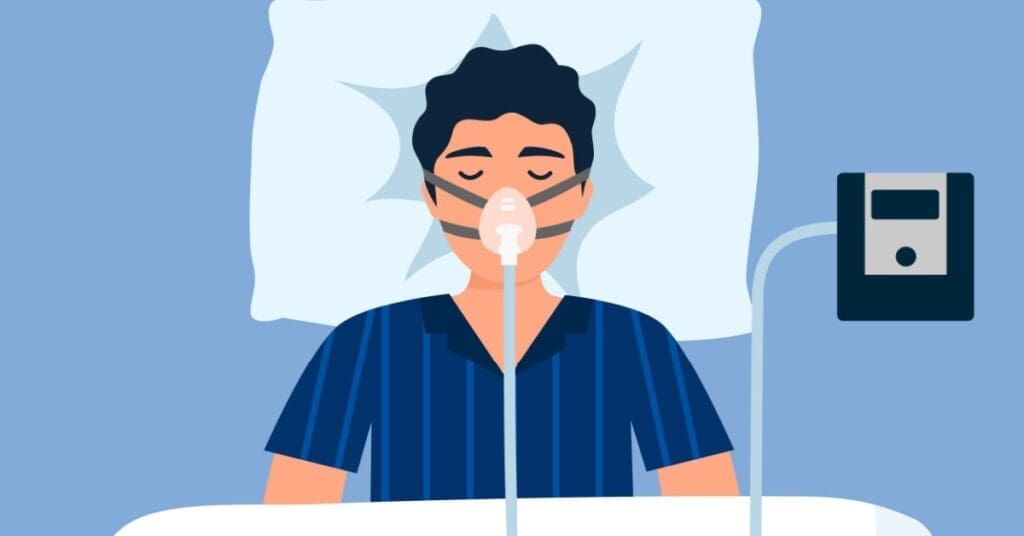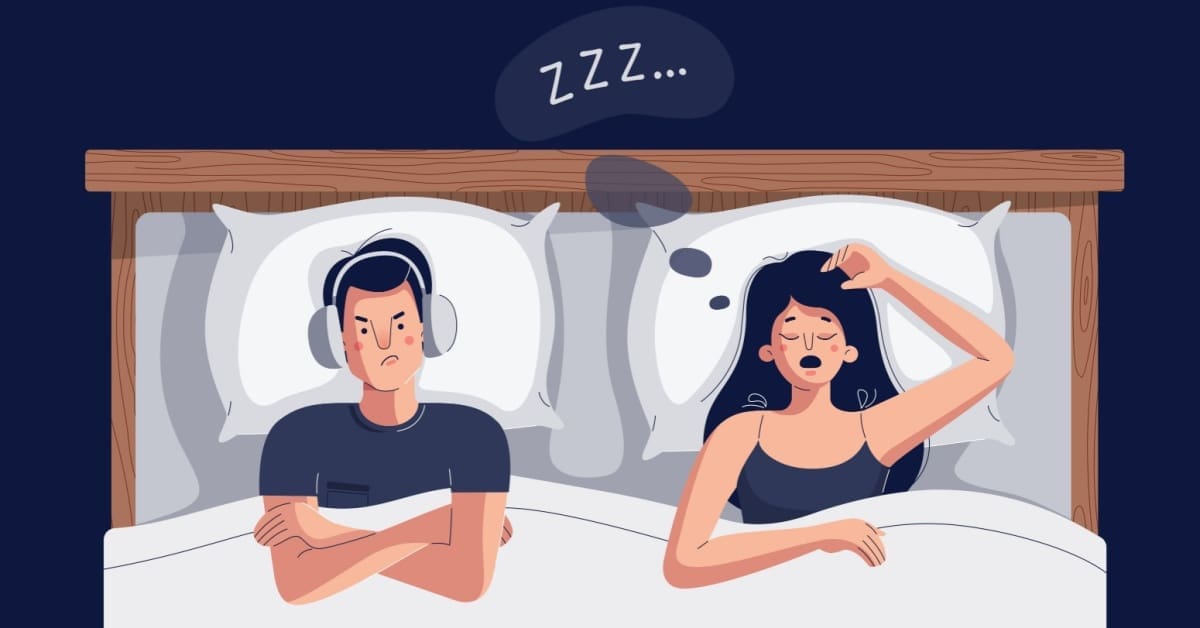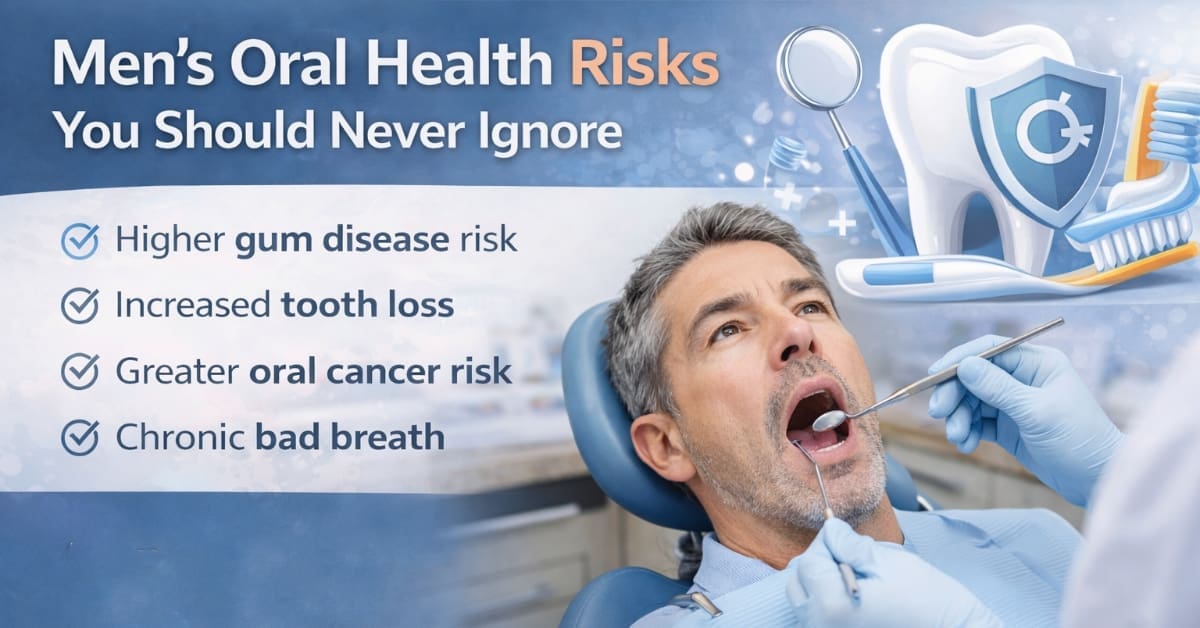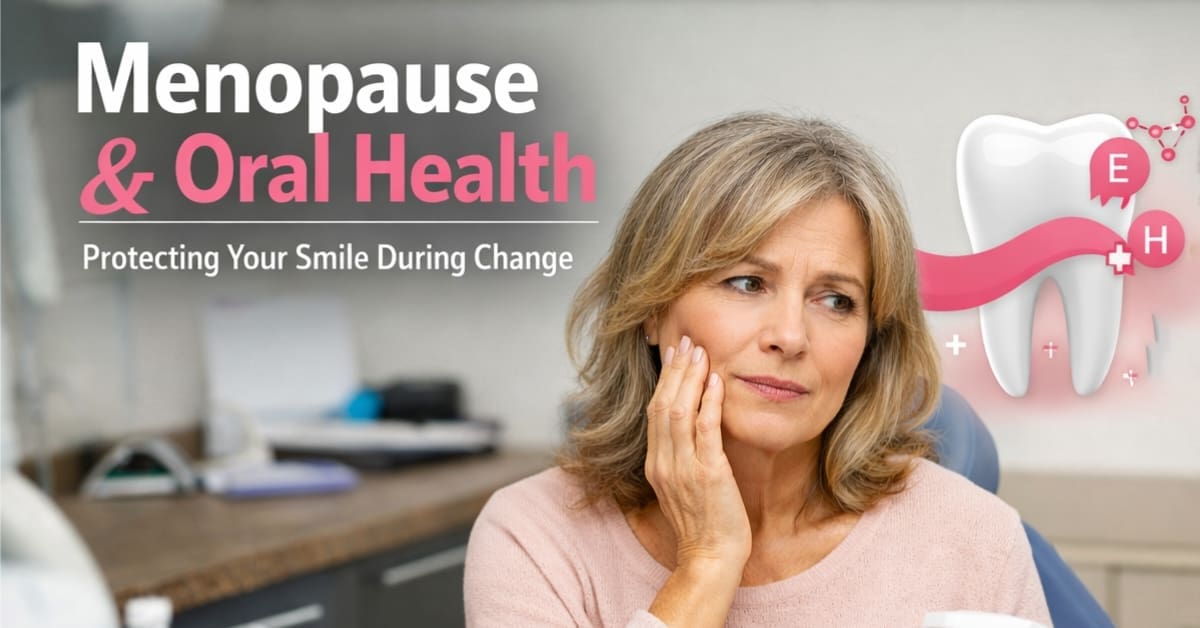Understanding Sleep Apnea and Its Impact
Sleep apnea is a sleep disorder permeated by repeated interruptions in breathing during sleep. These interruptions, known as apneas, can last from a few seconds to minutes and may occur multiple times an hour.
The most common form, obstructive sleep apnea (OSA), occurs when the throat muscles relax excessively, causing a temporary airway blockage. This can lead to fragmented sleep, reduced oxygen levels in the blood, and a host of associated health problems, including cardiovascular disease, diabetes, and cognitive impairments.

Symptoms and Diagnosis
People with sleep apnea often experience loud snoring, choking or gasping during sleep, excessive daytime sleepiness, and morning headaches. Diagnosis generally involves a sleep study conducted in a sleep lab (polysomnography) or through a home sleep apnea test. These tests monitor various physiological parameters during sleep, such as airflow, blood oxygen levels, heart rate, and respiratory effort, to confirm the presence and severity of sleep apnea.
Traditional Treatments for Sleep Apnea

The primary treatment for sleep apnea is constant positive airway pressure (CPAP) therapy, in which a machine delivers a steady stream of air through a mask to keep the airway open. While effective, CPAP is not well-tolerated by all patients due to discomfort, noise, and the inconvenience of wearing a mask. This has led to increasing interest in alternative treatments, including dental interventions.
Dental Interventions for Sleep Apnea
Dentists play a crucial role in managing sleep apnea, especially for patients who cannot tolerate CPAP therapy. The primary dental interventions include oral appliance therapy, orthodontic treatments, and surgical options.
Oral Appliance Therapy
Oral appliance therapy involves using custom-fitted devices that patients wear in their mouths during sleep. These devices help to maintain an open airway by repositioning the lower jaw (mandible), tongue, and other supporting structures. The two primary types of oral appliances are mandibular advancement devices (MADs) and tongue-retaining devices (TRDs).
Mandibular Advancement Devices (MADs)
MADs are the most common oral appliances for sleep apnea. They are designed to push the lower jaw forward, to help prevent the airway’s collapse by tightening the upper airway’s soft tissues and muscles. MADs are custom-made by dentists using impressions of the patient’s teeth and are adjustable to maximize comfort and effectiveness. Studies have shown that MADs can significantly reduce the severness of sleep apnea and improve sleep quality in many patients.
Tongue Retaining Devices (TRDs)
TRDs function by holding the tongue forward using suction, preventing it from collapsing backward and obstructing the airway. These devices are less commonly used than MADs but can be effective for patients with tongue-related obstruction. TRDs are also custom-made and require careful fitting and adjustment by a dentist.
Orthodontic Treatments
Orthodontic treatments can also be employed to manage sleep apnea, particularly in children and adolescents whose facial structures are still developing. By correcting dental and skeletal abnormalities that contribute to airway obstruction, orthodontic interventions can provide long-term relief from sleep apnea symptoms.
Rapid Maxillary Expansion (RME)
RME is an orthodontic procedure that uses a specialized appliance to widen the upper jaw (maxilla). This expansion can increase the size of the nasal airway, reducing resistance and improving airflow during sleep. RME is typically used in growing children and adolescents but can be adapted for use in adults with modifications.
Functional Orthodontics
Functional orthodontic appliances are designed to improve the positioning of the jaw and other oral structures, promoting better airway patency. These devices can be particularly effective in younger patients whose growth can be guided to lower the risk of developing sleep apnea in the future.
Surgical Interventions
In cases where non-surgical treatments are inappropriate or ineffective, surgical options may be considered. Dentists, in collaboration with oral and maxillofacial surgeons, can perform or recommend various surgical procedures to address the anatomical causes of sleep apnea.
Maxillomandibular Advancement (MMA)
MMA is a surgical procedure that repositions both the upper (maxilla) and lower (mandible) jaws forward. This advancement enlarges the airway space, reducing the likelihood of obstruction during sleep. MMA is considered highly effective for severe cases of sleep apnea and is often recommended for patients who do not respond to other treatments.
Genioglossus Advancement (GA)
GA involves repositioning the attachment of the genioglossus muscle, which controls tongue movement, to prevent the tongue from collapsing backward during sleep. This procedure can be performed alone or with other surgeries to enhance airway stability.
Distraction Osteogenesis
A surgical technique, distraction osteogenesis is used to lengthen bones gradually. Sleep apnea can be used to enlarge the jaw and airway in children with craniofacial syndromes or deformities that contribute to airway obstruction.
Benefits and Considerations of Dental Interventions
Dental interventions for sleep apnea offer several benefits, especially for patients who struggle with CPAP therapy. Oral appliances are generally well-tolerated, easy to use, and portable, making them a convenient option for many patients. Orthodontic and surgical treatments can provide long-term solutions by addressing the underlying anatomical issues contributing to sleep apnea.
However, there are important considerations to keep in mind. The oral appliances effectiveness as they can vary depending on how severe the sleep apnea and the specific anatomical features of the patient. Regular follow-up with a dentist is essential to ensure the devices are properly fit and optimally functioning. Potential side effects, such as jaw discomfort, bite changes, and dry mouth, should be monitored and managed appropriately.
Orthodontic and surgical interventions, while often effective, come with higher risks and costs. To ensure optimal outcomes, these treatments require careful evaluation and planning by a multidisciplinary team of healthcare providers, including dentists, orthodontists, and surgeons.
The Role of Dentists in Managing Sleep Apnea
Dentists are uniquely positioned to play a critical role in managing sleep apnea. Their expertise in oral anatomy and occlusion and their ability to fabricate and adjust oral appliances make them valuable healthcare team members addressing this complex condition. Additionally, dentists can collaborate with sleep specialists, ENT (ear, nose, and throat) doctors, and other healthcare providers to develop comprehensive, individualized treatment plans for their patients.
Dentists can also educate patients about the importance of oral health and sleep apnea, encouraging preventive care and early intervention. By identifying potential risk factors during routine dental exams and referring patients for sleep studies when necessary, dentists can help ensure timely diagnosis and treatment of sleep apnea.
The Integral Relationship of Dentistry in Sleep Apnea Management
Sleep apnea is a complex disorder that affects millions of people, often leading to significant health problems if left untreated. While CPAP therapy remains the standard treatment, many patients seek alternative solutions due to discomfort and compliance issues.
Dental interventions, including oral appliance therapy, orthodontic treatments, and surgical procedures, provide effective alternatives by addressing the anatomical causes of airway obstruction. Dentists, with their specialized knowledge of oral and maxillofacial structures, are crucial in diagnosing, treating, and managing sleep apnea, offering personalized care and long-term solutions.
As understanding of the relationship between oral health and sleep disorders grows, dentistry’s role in managing sleep apnea will continue to evolve, providing patients with comprehensive and effective treatment options.
Contact Suburban Essex Dental in West Orange, New Jersey, to learn more. For inquiries or to schedule an appointment, let our professional dental team provide information on our dental services, including those related to sleep apnea management.
You can reach us in several ways.
- Phone: (973) 669-0500
- Address: 1500 Pleasant Valley Way, Suite 202, West Orange, NJ 07052
- Contact Using Online Form: Suburban Essex Dental





